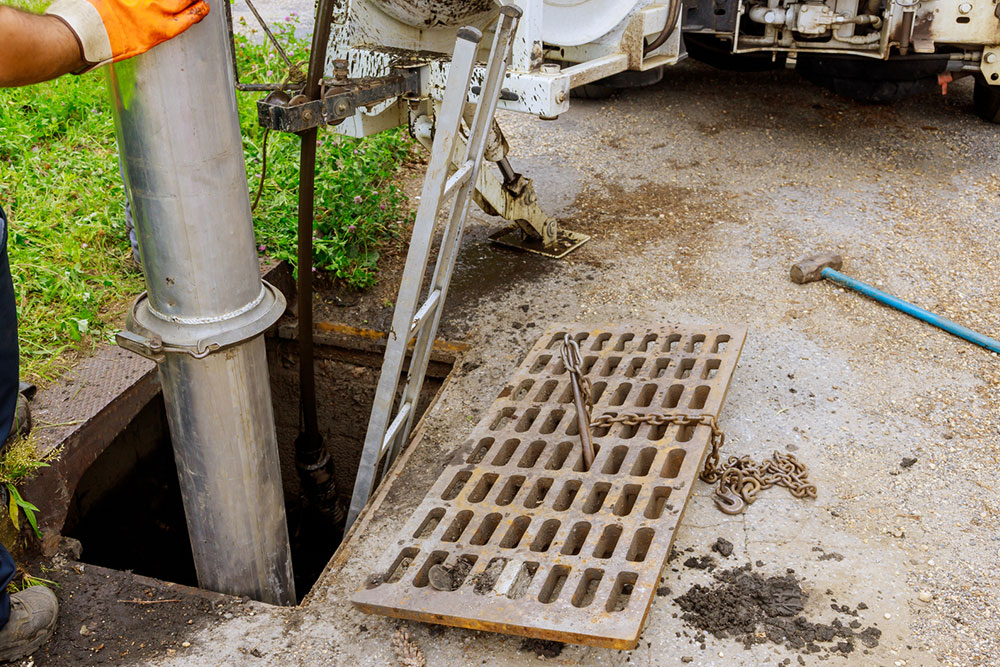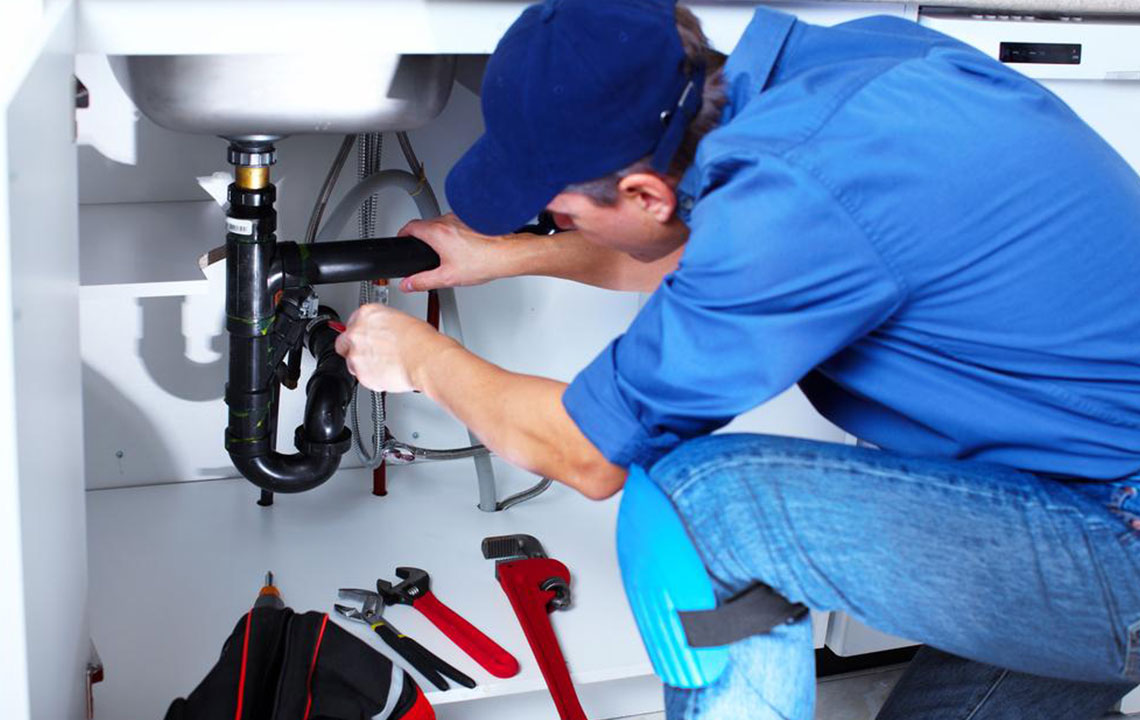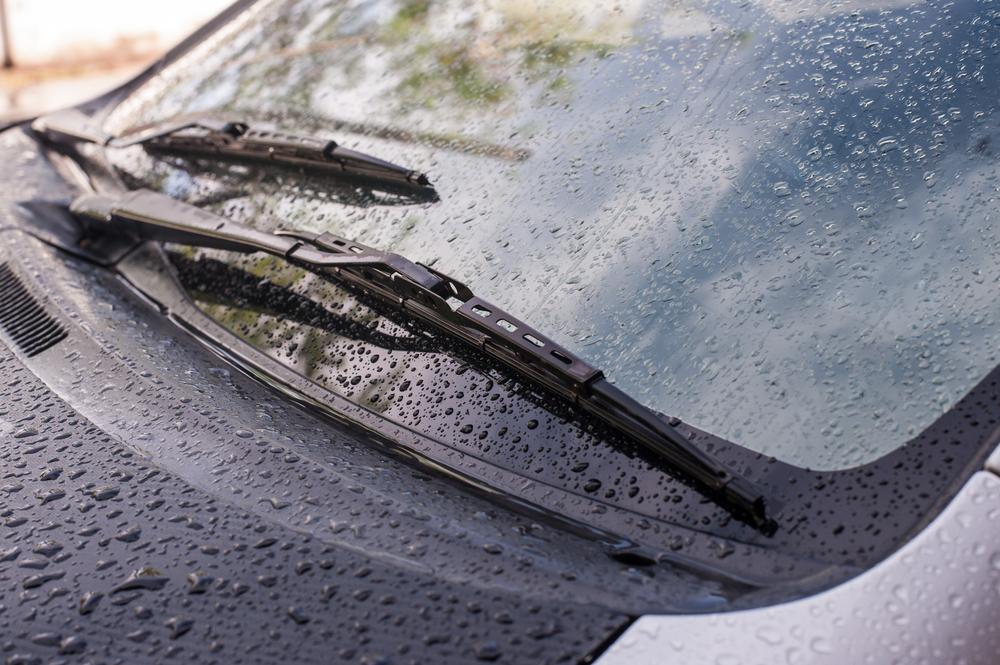Ultimate Guide to Sewer Line Replacement: Techniques, Costs, and Expert Advice
This comprehensive guide explores sewer line replacement methods, costs, and expert tips. It covers traditional and trenchless techniques, helping homeowners understand their options, prepare budgets, and choose qualified professionals for a successful project. Whether opting for excavation or modern trenchless methods, proper planning ensures efficient and effective sewer system repair with minimal disruption.

Ultimate Guide to Sewer Line Replacement: Techniques, Costs, and Expert Advice
Over the years, sewer pipes may develop blockages, leaks, or structural issues. Ignoring these signs can lead to health hazards and property damage. Sometimes, minor repairs solve the problem, but ongoing issues often require a complete sewer line replacement. Understanding the process and associated costs helps homeowners prepare for the project.
Replacement Techniques and Price Ranges
1. Traditional Sewer Replacement
This method involves digging a trench along the pipe’s path, removing the damaged pipe, and installing a new one. Although more invasive, it allows for detailed inspection and thorough repair. It’s labor-intensive and expensive, typically costing around $7,500.
2. Modern Trenchless Techniques
These methods avoid extensive digging, making replacement quicker, more affordable, and less disruptive. Various trenchless options exist, each with specific costs.
Here are common trenchless options with estimated prices:
Pipe Bursting: This technique uses specialized equipment to break apart the old pipe while pulling in a new one from small access points. Ideal for efficient replacement but requires skillful handling. Costs are approximately $60 to $200 per foot, totaling $3,500 to $20,000 depending on project scope.
Sliplining: A smaller pipe is inserted into the existing pipe and sealed. It’s fast and reduces project time but may decrease flow capacity. Cost estimates are $80 to $250 per linear foot.
Cured-in-Place Pipe (CIPP) Lining: Involves inserting a resin-coated liner into the damaged pipe and curing it in place. Requires access points and takes about a day to cure. Costs range from $80 to $250 per foot, with total expenses reaching up to $9,000 based on size.
Tips for Sewer Line Replacement
1. Consult with Experts
Seek advice from experienced plumbers to choose the best method suited for your situation, especially if dealing with complicated issues like slab leaks. Understanding options helps in making informed decisions.
2. Budget Wisely
Plan for a realistic budget that considers chosen technique, project complexity, and household needs. Have contingency funds to manage unexpected problems smoothly.
3. Prepare the Site
Clear the work area of furniture, vehicles, and plants beforehand to ensure safety and access. Proper preparation reduces delays and damages.
4. Consider Landscaping Repairs
If excavation is involved, plan for potential landscaping restoration costs. Heavy machinery can disturb lawns and gardens, so budgeting for repairs is advisable.
5. Hire Skilled Professionals
Choose contractors with proven experience and positive reviews. Confirm credentials and seek references to ensure quality service.


